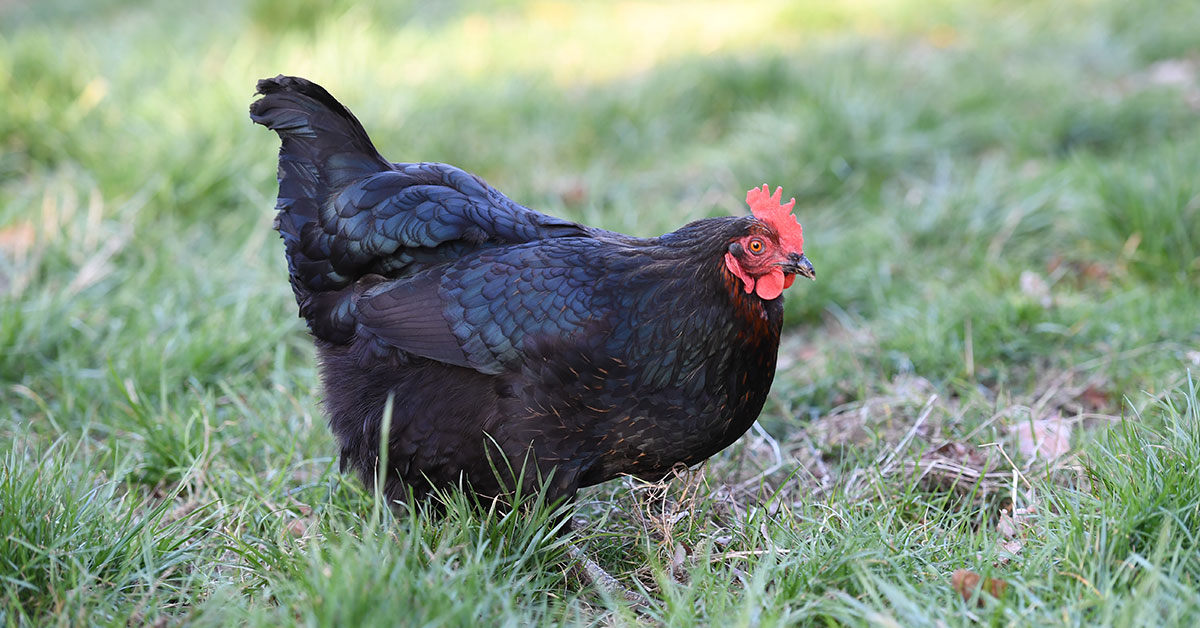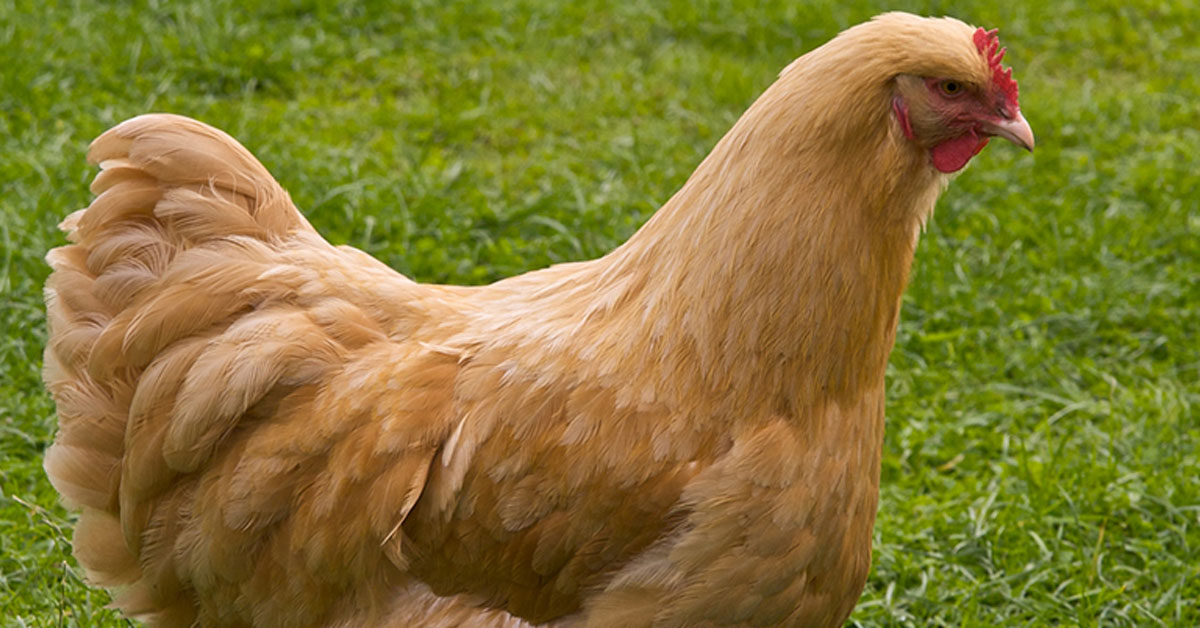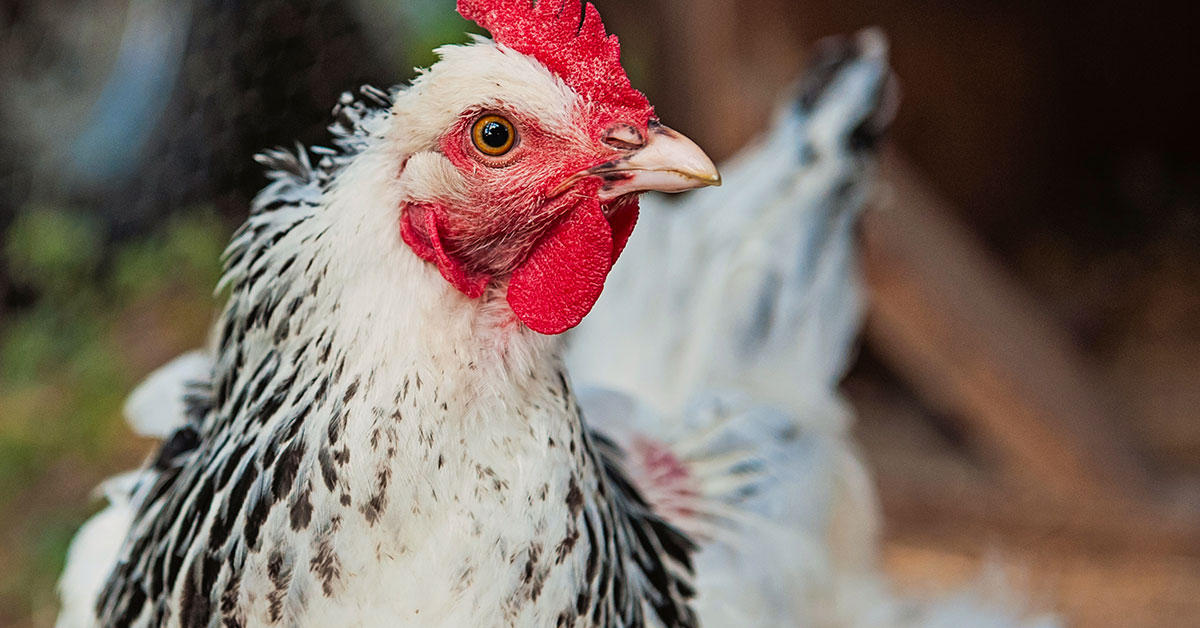In the realm of poultry, one breed stands tall—both figuratively and literally—the Jersey Giant chicken. Named after the state of New Jersey, where they were originally developed, these magnificent birds have captivated poultry enthusiasts with their imposing size, gentle nature, and impressive egg-laying capabilities.
As one of the largest chicken breeds in existence, Jersey Giants leave an indelible impression with their majestic presence and notable attributes. In this article, we embark on a fascinating journey to discover the remarkable qualities, historical origins, and captivating allure of the Jersey Giant chicken.
Whether you’re an aspiring poultry keeper, a breed enthusiast, or simply fascinated by extraordinary fowl, join us as we explore the world of these awe-inspiring birds and uncover why the Jersey Giant breed holds a special place in the hearts of poultry enthusiasts worldwide.
What is a Jersey Giant chicken?
A Jersey Giant chicken is a heritage breed of domestic chicken known for its exceptional size, calm demeanor, and noteworthy egg-laying capabilities. Developed in the United States, specifically in New Jersey, during the late 19th century, Jersey Giants were bred with the aim of creating a large, robust breed that could serve both as a meat producer and a provider of abundant eggs.
The defining feature of Jersey Giants is their impressive size. They are considered one of the largest chicken breeds, with adult roosters reaching an average weight of 13 to 15 pounds (5.9 to 6.8 kilograms) and hens ranging from 10 to 12 pounds (4.5 to 5.4 kilograms). Their stature and presence make them a striking sight in any flock.
Despite their size, Jersey Giants are known for their gentle and docile temperament. They tend to be calm and easy to handle, making them a favored choice for backyard enthusiasts and families alike. Their laid-back nature contributes to their popularity as a breed suitable for both beginners and experienced poultry keepers.
In terms of appearance, Jersey Giants have sleek, shiny black feathers that reflect an iridescent green sheen in sunlight. They also come in a less common variety known as Blue Jersey Giants, with feathers displaying a bluish-gray hue. Both varieties share the breed’s robust build and upright carriage, giving them an imposing and regal presence.
The Jersey Giant breed holds a special place in the heritage poultry community, recognized for its historical significance and unique qualities. Its size, temperament, and versatile production abilities have made it a sought-after breed for those who appreciate grandeur and productivity in their poultry flocks.
Breed origins
The Jersey Giant chicken breed originated in the United States during the late 19th century, specifically in the state of New Jersey. It was developed by two breeders, John and Thomas Black, who aimed to create a breed that would rival the popular British breeds of the time, such as the Langshan and the Brahma.
The breeding program for the Jersey Giant began in the 1870s and continued into the early 20th century. The Blacks selectively crossed several large chicken breeds, including Black Javas, Black Langshans, and Dark Brahmas, to create a breed that exhibited exceptional size, strength, and productivity.
The primary objective of the breeding program was to produce a dual-purpose chicken that could provide both substantial meat and eggs. By carefully selecting and crossing these foundation breeds, the Blacks successfully developed a large, robust bird that possessed desirable traits such as rapid growth, excellent foraging ability, and reliable egg-laying capabilities.
The name “Jersey Giant” was chosen to honor the breed’s place of origin, New Jersey. The breed gained recognition and popularity across the United States, with enthusiasts and farmers appreciating its imposing size, calm temperament, and versatile production qualities.
While the Jersey Giant breed enjoyed considerable success and popularity during the early 20th century, its prominence gradually diminished with the rise of commercial chicken breeds focused on specific production traits. However, dedicated breeders and poultry enthusiasts have continued to preserve and promote the breed, valuing its historical significance and unique characteristics.
Today, Jersey Giants are cherished as a heritage breed, celebrated for their majestic presence, docile nature, and ability to contribute to both meat and egg production. Their origins in New Jersey and the efforts of the Black brothers have left a lasting legacy, ensuring that the Jersey Giant breed continues to hold a special place in the hearts of poultry enthusiasts and breed preservationists worldwide.
Breed facts
From their towering size and dual-purpose capabilities to their regal appearance and heritage status, we explore the key attributes that make these birds a symbol of grandeur and productivity. Join us on this journey of discovery as we uncover the remarkable qualities of the Jersey Giant, a breed that embodies magnificence and utility in the realm of poultry.
- Average Lifespan: Jersey Giant chickens have an average lifespan of 6 to 8 years. However, with proper care, nutrition, and a predator-free environment, some individuals may live longer.
- Size and Weight: Jersey Giants are renowned for their impressive size. Adult roosters typically weigh between 13 and 15 pounds (5.9 to 6.8 kilograms), while hens generally range from 10 to 12 pounds (4.5 to 5.4 kilograms). These birds tower over most other chicken breeds, showcasing their substantial build and stature.
- Egg Production: Jersey Giant hens are known for their reliable egg-laying capabilities. On average, a healthy Jersey Giant hen can lay approximately 150 to 200 large brown eggs per year. However, individual variation, diet, and environmental factors can influence egg production.
- Temperament: Jersey Giants are generally calm and docile in nature. They are known for their gentle disposition, making them easy to handle and suitable for families, beginners, and poultry enthusiasts seeking a breed with a friendly demeanor.
- Dual-Purpose Qualities: Jersey Giants are considered a dual-purpose breed, excelling in both meat production and egg laying. While their substantial size makes them ideal for meat production, they also provide a steady supply of large eggs, valued for their size and quality.
- Feathering and Appearance: Jersey Giants have sleek, shiny black feathers that reflect an iridescent green sheen in sunlight. There is also a less common variety called the Blue Jersey Giant, which displays a bluish-gray feather coloration. Both varieties share the breed’s characteristic robust build and upright carriage, giving them a regal and imposing presence.
- Hardy and Adaptable: Jersey Giants are known for their hardiness and adaptability to various climates. They can tolerate a range of weather conditions, including both heat and cold, making them suitable for diverse geographical regions.
- Broodiness: While Jersey Giants can exhibit broody behavior, it is not as common as in some other chicken breeds. Some individuals may show a tendency to become broody and hatch their own eggs, but overall, they are known to be less prone to broodiness.
- Heritage Breed: Jersey Giants hold historical significance as one of the largest chicken breeds developed in the United States during the late 19th century. They are recognized as a heritage breed, cherished for their unique qualities and contributions to the poultry heritage of America.
These breed facts provide an overview of the notable characteristics of Jersey Giant chickens, showcasing their impressive size, adaptable nature, and dual-purpose capabilities. Whether appreciated for their majestic presence, dependable egg production, or historical value, Jersey Giants offer a captivating choice for poultry enthusiasts, heritage breed preservationists, and those seeking a breed that combines grandeur with productivity.













